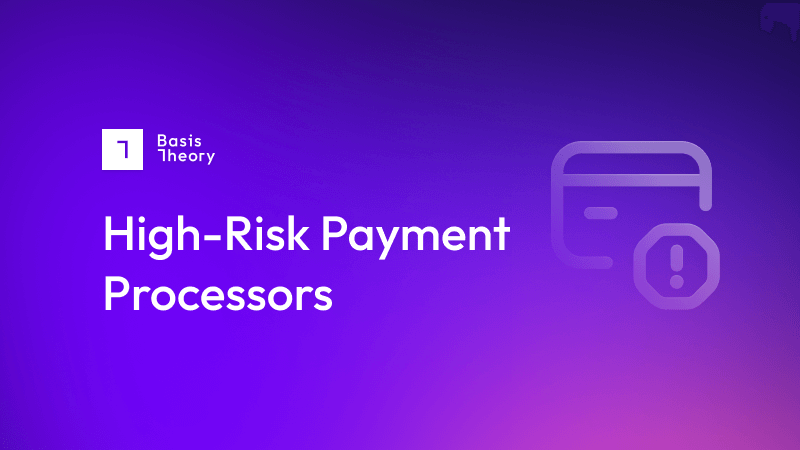AUTHOR : HANIYA SMITH
DATE : 14/09/2023
In the digital age, payment processing has become an integral part of everyday life. Whether you’re buying groceries online, booking a flight, or subscribing to your favorite streaming service, you’re engaging in payment transactions. However, not all businesses have an easy time when it comes to payment processing. Some fall into the category of high risk merchants, which can make payment processing a challenging endeavor. In this article, we’ll delve into the world of high risk merchant category codes, what they mean, and how businesses can navigate this complex landscape.
Understanding High Risk Merchant Category Codes (MCCs)
What Are High Risk MCCs?
High Risk Merchant Category Codes, or MCCs, are a system used by financial institutions to classify different types of businesses based on the level of risk associated with processing payments for those businesses. These codes help banks and also payment processors assess the likelihood of fraud, chargebacks, and other potential issues.
Examples of High Risk MCCs
- Online Gambling (MCC 7995): Businesses involved in online casinos and betting often fall under this category due to the higher likelihood of chargebacks and also fraudulent activities.
- Pharmaceuticals (MCC 5122): Selling prescription drugs online can be considered high risk because of regulatory and safety concerns.
- Adult Entertainment (MCC 5816): This category includes businesses in the adult industry, where chargebacks and disputes are common.
The Challenges Faced by High Risk Merchants
Navigating the world of high risk MCCs comes with its set of challenges:
1. Stricter Approval Processes
High risk merchants often face more rigorous approval processes when applying for payment processing services. Financial institutions need to be thorough in assessing the risks associated with these businesses.
2. Higher Fees
Due to the elevated risk, high risk merchants typically incur higher fees for payment processing services. This includes higher transaction fees and also chargeback fees.

3. Limited Options
Many payment processors are cautious when dealing with high risk businesses, leading to a limited number of options available for these merchants.
Strategies for High Risk Merchants
If your business falls into a high risk MCC, there are strategies you can implement to navigate the challenges effectively:
1. Find a Specialized Payment Processor
Look for payment processors that specialize in high risk businesses. They grasp the distinctive hurdles you encounter and can offer customized remedies.
2. Implement Fraud Prevention Measures
Invest in advanced fraud prevention tools and systems to reduce the risk of fraudulent transactions[1] and chargebacks.
3. Maintain Strong Customer Support
Provide excellent customer support to address customer concerns promptly, reducing the likelihood of disputes and chargebacks.

4. Stay Compliant
Ensure your business adheres to all relevant regulations and also industry standards to mitigate risks associated with regulatory compliance.
Staying Informed and Adapting
In the ever-evolving landscape of payment processing, it’s essential for high risk merchants to stay informed about changes in regulations and industry standards. Compliance requirements can shift, and alsonew technologies may emerge that impact payment processing.[2] Here are a few more tactics worth contemplating:
5. Regularly Update Systems
Ensure that your payment processing systems and software are up to date. This not only enhances security but also allows you to take advantage of the latest fraud prevention tools.
6. Monitor Industry Trends
Stay vigilant about industry shifts and keep a lookout for emerging technologies.For example, blockchain and cryptocurrency are gaining traction in payment processing, and also understanding how these technologies work can be beneficial.
7. Adapt to Consumer Preferences
Consumer preferences can change over time. Being adaptable and also responsive to these changes can help your business thrive. For instance, offering multiple payment options, including digital wallets and mobile payments, can cater to a broader audience.
8. Data Security
Allocate resources towards fortified data security protocols to safeguard sensitive[3] customer data.Data breaches not only result in financial losses but also damage your reputation.
9. Partner with Experts
Consider partnering with risk management experts who specialize in your industry. Their knowledge and experience can be invaluable in identifying and also mitigating risks.

10. Continual Monitoring
Implement continuous monitoring of transactions and customer activities. This proactive approach can help detect and address potential issues before they escalate.
Conclusion
Navigating the world of high risk merchant category codes can be a challenging but necessary endeavor for businesses in certain industries. Understanding the risks, challenges, and also strategies associated with high risk MCCs is crucial for ensuring smooth payment processing operations.
Remember, not all high risk businesses are treated the same, and also finding the right payment processing[4] partner can make a world of difference in your business’s success.

FAQs
1. What are merchant category codes (MCCs)?
Merchant category codes (MCCs) are a system used by financial institutions to categorize different types of businesses based on their risk level for payment processing.
2. How do high risk MCCs affect payment processing fees?
High risk MCCs often result in higher payment processing fees due to the increased risk associated with these businesses.
3. What can high risk merchants do to reduce chargebacks?
High risk merchants can implement fraud prevention measures, provide excellent customer support, and also stay compliant with regulations to reduce chargebacks.





